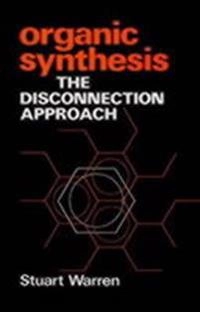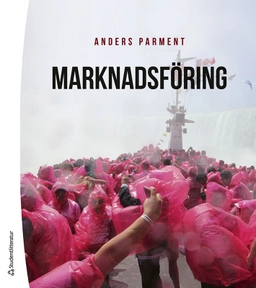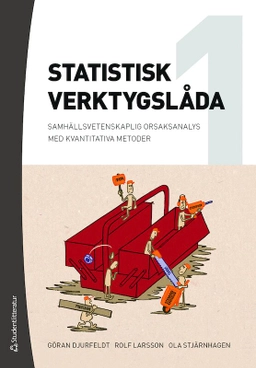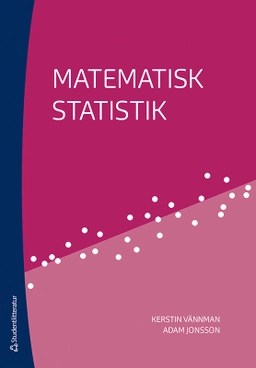This book will help students to design their own organic synthesis, giving a wide coverage of synthetic methods. The disconnection approach is used throughout so that starting materials are chosen after analysing the structure of the target molecule. There are forty chapters: those on the synthesis of given types of molecule alternate with strategy chapters in which the methods just learnt are placed in a wider context. The instructional chapters cover many ways of making each type of molecule starting with simple aromatic and aliphatic compounds with one functional group and progressing to molecules with many functional groups. The number and position of these functional groups provides the classification for these chapters. The strategy chapters cover questions of selectivity, protection, and stereochemistry, and develop more advanced strategic thinking via reagents specially designed for difficult problems. Examples are drawn from pharmaceuticals, agrochemicals, natural products, pheromones, perfumery and flavouring compounds, dyestuffs, monomers, and intermediates used in more advanced synthetic work. Reasons for wishing to synthesise each compound are given, and further examples can be found in the accompanying workbook which also gives many problems and solutions classified in the same way as the main text. The book will also assist more experienced chemists who feel they are out of touch with present day thinking on the subject.
Workbook for Organic Synthesis: The Disconnection Approach The workbook which supports this text provides an extra selection of examples. Each example is analysed in the same way as those in the main text with disconnections followed by synthesis, allowing the student to explore a wider range of types of target molecule and synthetic method. The main function of the workbook is, however, to provide a graded series of problems which extend the student's experience of the types of molecules being synthesised by organic chemists. These, together with the examples, are classified into the same 40 chapters as the main text so that it is possible to use them in conjunction with it. Each problem is followed by a suggested solution or solutions analysed in the same way as the examples and no methodology other than that introduced in the main text is required. Examples and problems are interspersed to provide a developing chain of argument.
Åtkomstkoder och digitalt tilläggsmaterial garanteras inte med begagnade böcker





















